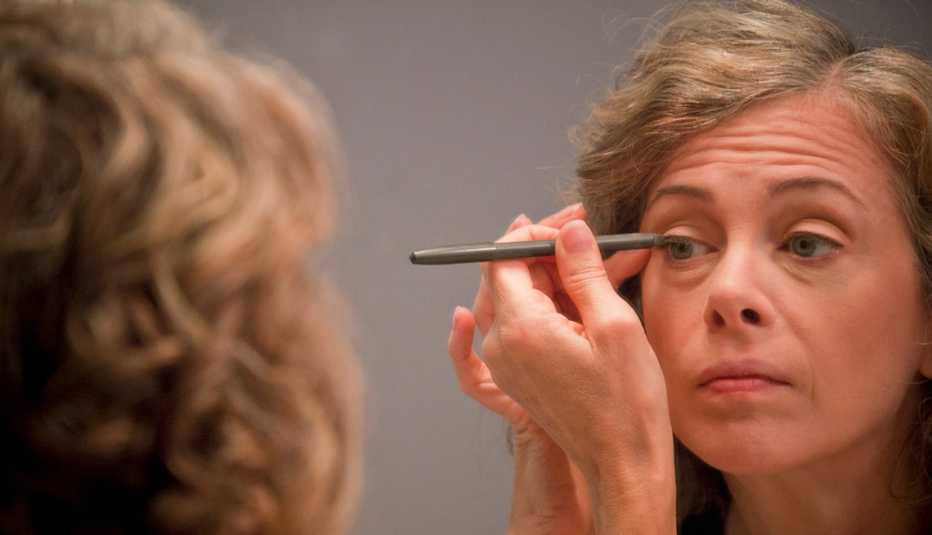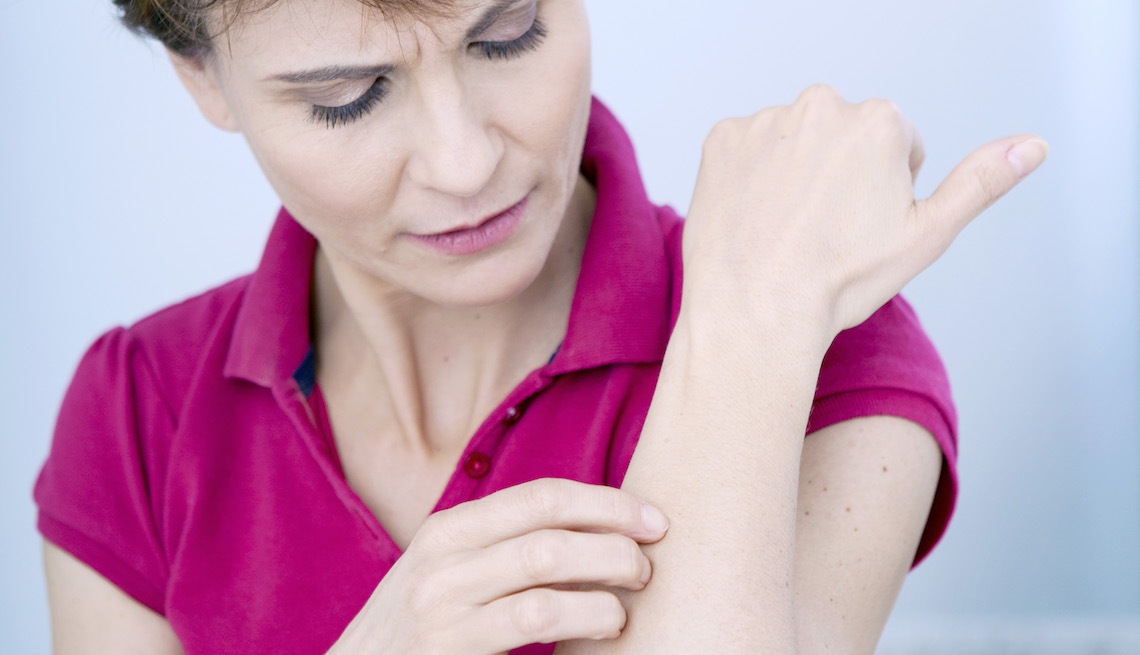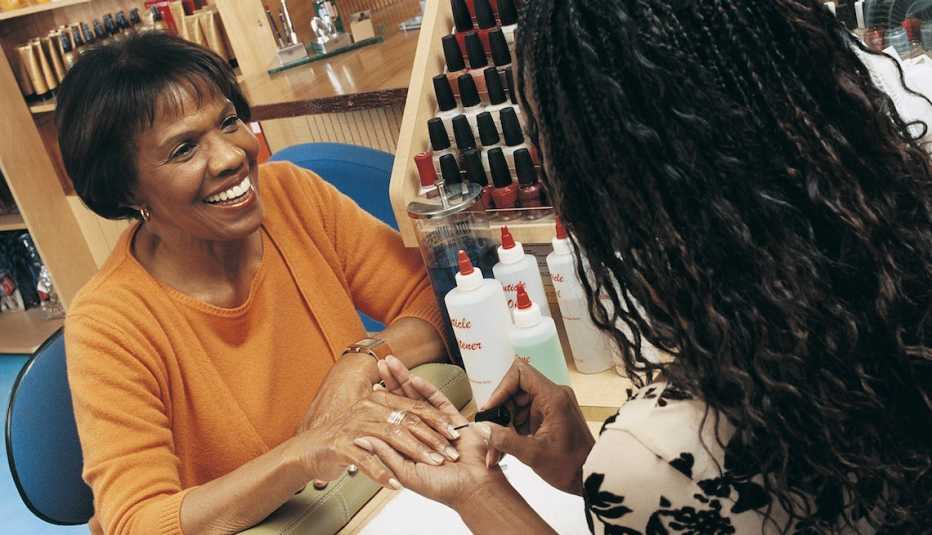3. Reactions to eye makeup can develop over time. We all know there is a three-month limit for keeping mascara, but that’s not where it ends. The itchy, inflamed skin of allergic contact dermatitis can evolve from eye shadows, pencils, eye creams, under-eye concealer or even eyelash extensions. It’s your body’s signal to back off, even if you’ve used the same brand and shadow palette for years. Cleanse and rinse your eyes thoroughly with cool water and apply cool, wet compresses for 15 to 30 minutes. If there's any redness, tearing, swelling, discharge or sensitivity to light, it’s time to head to the doctor.
4. Never trust in-store makeup or skin care testers that have been cleaned. Shocking, but the reality is that the store staff doesn't sanitize all the testers after every use. Lipsticks, glosses, creams, concealers and foundation are all germ traps and harbor bacteria, thanks to their soft, emollient environment. Always ask store personnel to sanitize and wipe down with rubbing alcohol any product you want to try. Even dry items such as eye shadows and powder bronzer or blush should be thoroughly tissued down. Eye pencils should be freshly sharpened or clipped to a new point if retractable. Assume that all testers are not clean, even after all that, and try products on your hands, palms and finger pads — not your face. In-store makeup applications? Be wary: Is that makeup brush sanitized and clean? How about the makeup?
Digital Vision/Getty Images
5. Safety first applies to nail polish. It may be tricky to diagnose right away, but if you are wearing nail polish with dibutyl phthalate (DBP) formaldehyde resin (a nail hardener that can cause contact dermatitis) and camphor (cause of skin reactions), you might not suspect this as a source. Touching your eyes or face with polished nails can cause a stinging, burning, swelling reaction, even blisters. There's a scale of nontoxic polishes that range from 3-free to 10-free, meaning that the brand is free of X number of the worst chemicals found in nail polish. The common salon brand Essie and new brands such as Smith & Cult or Butter London, Zoya and TenOverTen are safe bets. Do your skin a favor and skip the long-wear gels and acrylics, too.
6. Keep your eye on the labels of your usual beauty products. “A cosmetic company may change the ingredients of products you have been using for years without your knowledge,” Zeichner says. They can sneak in a potential irritant. If a product has an SPF added and you are sensitive to chemical sunscreens, this is not a bonus! Stop using the item, and no second chances. Facial rashes that start as an uncomfortable itchiness can progress to redness, an angry rash or hives. If you’re wearing makeup, you might not notice the irritations until you remove your foundation. And don’t ignore scalp sensitivity. “The same ingredients you react to negatively in skin care may also cause be found in shampoos and conditioners, causing scalp itchiness or irritation,” he adds.
Christopher Winton-Stahle/Blend Images/Getty Images
7. Watch out for over-dyed jeans and dangerous clothes. “Those inky dark washes may contain problematic dyes — one called disperse dye blue 106 has been a problem,” Zeichner says. This pigment is used in inky, dark blue jeans, and also black. If you’re sensitive to hair dye, this closely related ingredient might be an issue for you as well. Opt for lighter to medium blue washes, beige or white instead. Also, be aware that any rivets or zippers or buttons that come into contact with your skin may contain nickel. Wearing a long tank top or bodysuit as a layering piece can solve this. Leggings make your thighs itch? It’s likely dead dry skin cells on the surface — use a rich body moisturizer with shea butter or hyaluronic acid, and launder more frequently.




































































